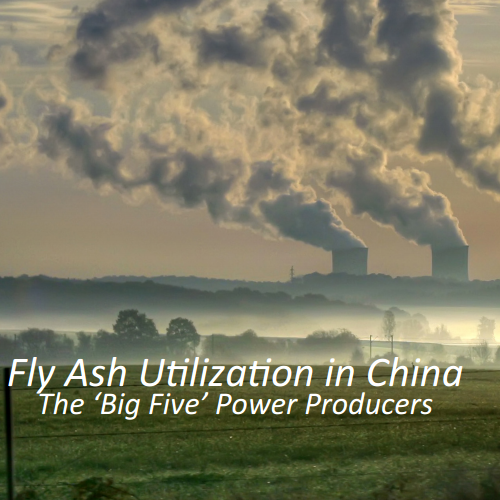Cenosphere Production to Increase Significantly by 2020
/
"Cenospheres Market - Global Trends & Forecasts to 2020”, a new report available at www.researchandmarkets.com since January 2016 delivers an inclusive analysis regarding global cenosphere trends.
Between 2015 and 2020, researchers expect the compound annual growth rate of cenospheres to grow by over 12% per year. At the end of this five year term, the market for cenospheres is said to be worth $572 million, globally. The demand for cenospheres in places like the U.S, and China are said to be the cause of this projection. Other countries whose demand for the product increases everyday are France, Germany, Japan and India. North America is the largest consumer of cenosheres, followed closely by Europe.
Cenopsheres are predominantly used by the oil and gas industries. Following this lead is the refractory industry, which is experiencing a heightened demand for furnace and construction applications.
Expansion and the acquiring of resources appear to be the conclusion of the presented materials. China and India have developed within the market and have created high expectations within the Asian market as a whole. The Asia-Pacific region appears to be the most strategic as this region has undertaken a variety of initiatives. The increase in domestic participants and steady growth in local manufacturing are just a couple factors contributing to the expanding global cenosphere market.
You can find the report here:
http://www.researchandmarkets.com/research/qwsczp/cenospheres
